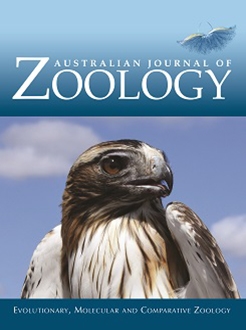Roads are present globally across all habitats and their negative impacts on the landscape are being increasingly reported. Yet often more is known about the identity of roadkill than how avian assemblages are impacted by roads. This study used 100 paired point counts by the road and 400 m into the forest interior to assess if the assemblages were different and determine what species may be impacted by the road. The study was undertaken along a highway cut through one of the world’s tallest forests – old-growth karri (Eucalyptus diversicolor) forest of south-western Australia. There was no overall significant difference in species richness and abundance between road and forest interior sites, although a small number of species (4.3%) did demonstrate preferences. Overall, we suggest that the limited significant differences resulted from: (1) the narrowness of the road with the forest canopy frequently extended fully across and (2) the natural variation found in eucalypt forests, which has aided the birds as a pre-adaptation to the presence of this road – because eucalypt forests are a heterogeneous array of streams and forest heterogeneity.
How to translate text using browser tools
8 November 2023
Birds pre-adapted to a road in a heterogeneous and contiguous old-growth forest: a point transect study
Graham R. Fulton,
Jutta Beher,
Hugh P. Possingham
ACCESS THE FULL ARTICLE

Australian Journal of Zoology
Vol. 71 • No. 1
January 2024
Vol. 71 • No. 1
January 2024
extinction filter
forest birds
forest heterogeneity
karri forest
landscape ecology
population ecology
road ecology





